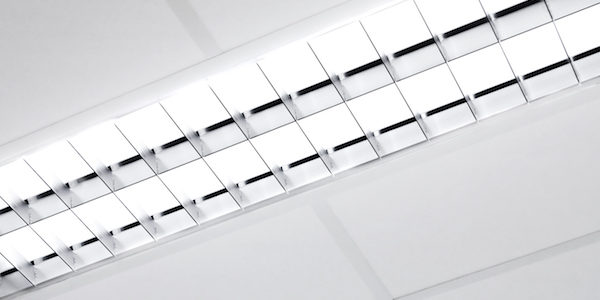Light ballasts are used to restrict the current flow from an electrical connection to a fluorescent bulb. This restriction is needed because without a regular, fluorescent bulbs will grow in current consumption as they warm up.
Why Are Light Ballasts Important?
Ballasts are crucial to lighting systems. They not only control the electrical current but they ensure that the proper voltage is delivered to the system when it starts. On turning fluorescent lights on, ballasts prevent shocking the system with too many volts. Without ballasts, the lights would burn out almost immediately, or grow to a wattage above their rating.
Do You Need a Ballast for LED Lights?
Some people might claim that you only need ballasts for fluorescent lights, that LEDs are somehow exempt from requiring them. Or some people might argue that removing the ballasts will make the LEDs somehow more energy efficient. This is simply not true. Like fluorescent lights, LEDs need something to regulate and control the amount of energy they consume. If you remove the ballast, then you’re eliminating the means of regulating energy consumption. This, in turn, will result in less energy efficiency, and the blowout of the diodes.
How Does a Electrical Ballast Work?
An electrical ballast is more common in LED and newer light fixtures and contains more components than a magnetic ballast. Electrical ballasts contain capacitors resistors and a more involved circuit board to restrict the flow of electricity to a specific wattage. After sufficient power is fed to the system to start it up, the ballast maintains a steady flow of electricity to keep the system running.
How Does a Magnetic Ballast Work?
A magnetic ballast is simpler and more rudimentary in design than the electrical ballast. It consists mainly of coiled wires near the light socket. When power is initially fed into the system, the magnetic ballasts rapidly convert direct current (DC) into alternating current (AC). By cycling through the two currents it generates a magnetic field that eventually bursts, sending the stored electricity to the system to start the lights. Magnetic ballasts are no longer used on new installations because they are less efficient at restricting the flow of electricity.
Light Bulb Replacement
It’s also important to understand that specific kinds of lighting require specific kinds of ballasts. Different bulbs require a specific wattage of electricity to operate efficiently, so when replacing fluorescent lights it is important to match the wattage to your ballast.
Magnetic Ballast Replacement
If your lighting system currently uses a magnetic ballast to operate, you can see a considerable return on investment when you switch to an electrical ballast. Electrical ballasts are far superior at restricting the flow of electricity and do it without creating any waste on a magnetic field. For more information about ballast replacement contact Bryant Electric Service today.



